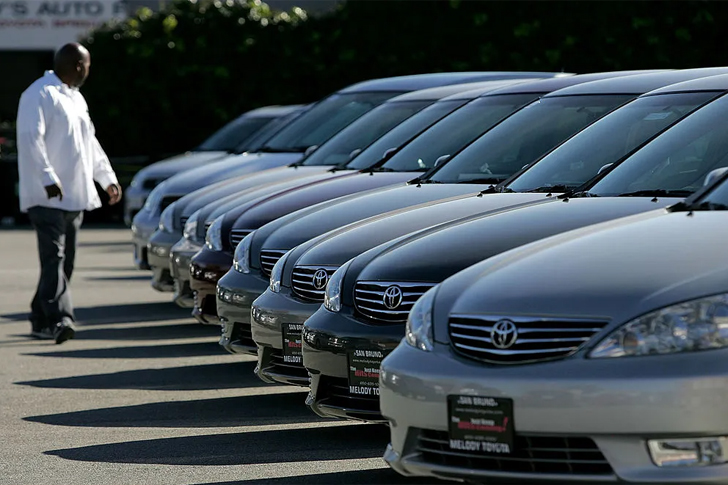How to Purchase Cheap Repossessed Cars
Purchasing a repossessed car can be an excellent way to acquire a vehicle at a significantly lower price than the market value. Repossessed cars are those that have been taken back by lenders or banks from owners who could no longer meet their loan payments. While buying a repossessed car can offer substantial savings, it requires careful planning and consideration to ensure you get a good bargain on a reliable vehicle. This article provides insights and strategies for purchasing unsold repossessed cars, ensuring you make a well-informed decision.

Understanding Repossessed Cars
Repossessed cars often come from auctions organized by financial institutions looking to recover some of their losses. These cars can range widely in condition, from nearly new to well-worn, and their prices can vary accordingly. Buyers should be aware that while the initial cost can be low, additional expenses may be required for maintenance or repairs.
Step 1: Research Auction Sources
Start by identifying where repossessed cars are sold. Most are sold through auctions, which can be online or in-person. Popular sources include:
- Bank or credit union auctions: These are typically reliable as the vehicles come directly from financial institutions.
- Government auctions: Occasionally, government agencies auction off repossessed vehicles.
- Public auto auctions: These are open to the general public and can sometimes offer good deals on repossessed cars.
Step 2: Set a Budget
Determine how much you are willing to spend on a repossessed car, including potential repair costs. It’s important to have a clear budget in mind to avoid overbidding in the competitive atmosphere of an auction.
Step 3: Inspect Vehicle Histories
Before participating in an auction, check the vehicle history reports of any cars you’re interested in. Services like CARFAX and AutoCheck can provide insights into a car’s past, including any accidents, title issues, or significant repairs, which are crucial for assessing the car’s true value and potential future expenses.
Step 4: Physically Inspect Cars
If possible, inspect the car in person before the auction. Many auctions allow for a preview period where you can check the vehicle’s condition, start the engine, and sometimes even test drive. Take advantage of this opportunity to assess any damages or potential mechanical issues.
Step 5: Understand Auction Dynamics
Familiarize yourself with the auction process. This includes understanding the terms and conditions of the auction, knowing whether there are any buyer’s fees, and how the bidding process works. Being well-prepared can increase your chances of making a successful bid.
Step 6: Set Realistic Expectations
Be realistic about what you can expect from a repossessed car. These vehicles are typically sold as-is, meaning you will be responsible for any repairs or legal issues that arise after purchase. Factor these potential issues into your overall budget.
Step 7: Arrange Financing in Advance
If you need financing to purchase a repossessed car, arrange it in advance. Many auctions require immediate or very prompt payment once a bid is accepted. Having financing arranged beforehand can make the purchasing process smoother and quicker.
Step 8: Bid Wisely
During the auction, stick to your predetermined budget. It’s easy to get caught up in the heat of bidding, but it’s important to stay disciplined and not exceed the limit you’ve set based on the car’s value and the condition assessment.
Conclusion
Buying a repossessed car can be a great way to acquire a vehicle at a lower cost, but it comes with inherent risks. By thoroughly researching, preparing, and staying cautious throughout the buying process, you can increase your chances of getting a reliable vehicle at a good price.







Recent Comments